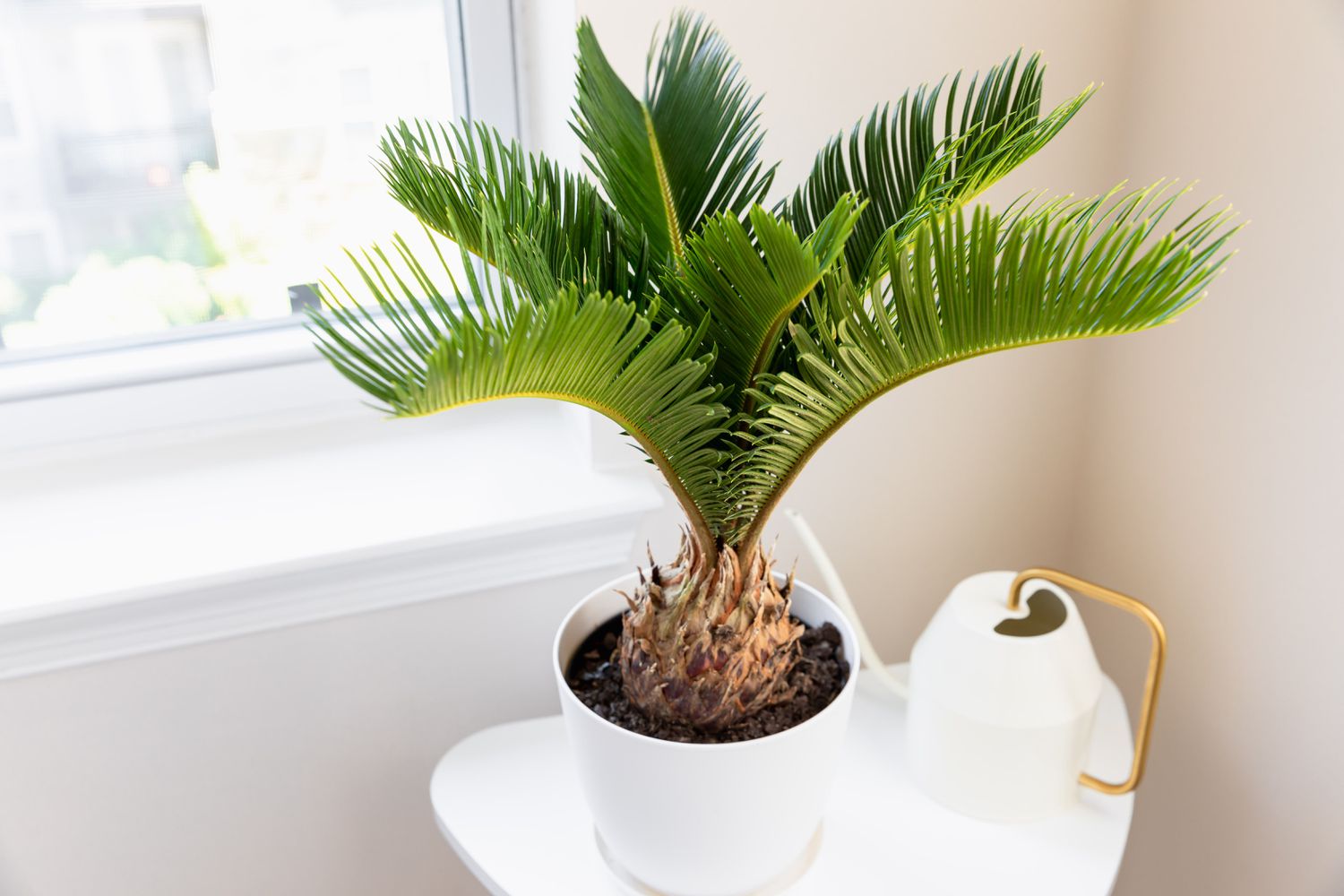
Feather Palm, scientifically known as Chamaedorea costaricana, is a stunning and unique plant that belongs to the palm family. This tropical plant is known for its beautiful feathery foliage and its ability to bring a touch of exotic beauty to any space.
While Feather Palm may seem like just another decorative plant, it has some surprising facts that make it even more fascinating. From its origin to its benefits, there is a lot to discover about this remarkable plant. Whether you’re a plant enthusiast or just curious about the natural world, these 10 surprising facts about Feather Palm will surely capture your interest.
Key Takeaways:
- Feather Palm, also known as Bamboo Palm, is a popular indoor plant with air-purifying properties, making it a great choice for improving indoor air quality and creating a healthier living environment.
- The Feather Palm is a low-maintenance, drought-tolerant plant that can grow up to 8-10 feet tall, adding an elegant touch to any space while being non-toxic to pets, making it a safe choice for households with furry friends.
The Feather Palm is native to tropical regions.
The Feather Palm, scientifically known as Chamaedorea seifrizii, is a beautiful palm species that is native to tropical regions around the world. It is commonly found in countries such as Mexico, Guatemala, and Honduras, where it thrives in the warm and humid climate.
It is also known as the Bamboo Palm.
One of the most interesting facts about the Feather Palm is that it is commonly referred to as the Bamboo Palm. This is due to its slender, bamboo-like stems that grow in clusters, giving it a unique appearance.
The Feather Palm is a popular indoor plant.
Due to its ability to adapt to indoor environments, the Feather Palm has become a popular choice as a houseplant. It can thrive in low light conditions and is known for its air-purifying properties, making it an excellent addition to any indoor space.
It requires bright, indirect light to thrive.
While the Feather Palm can tolerate low light conditions, it thrives best when placed in an area with bright, indirect sunlight. Placing it near a window or providing artificial lighting can help promote healthy growth and vibrant foliage.
Feather Palms can grow up to 8-10 feet tall.
Despite its graceful and delicate appearance, the Feather Palm can grow to impressive heights. In the right conditions, it can reach a height of 8-10 feet, making it a striking focal point in any garden or indoor space.
It is drought-tolerant.
The Feather Palm is well-known for its ability to withstand periods of drought. Its roots have adapted to store water, allowing it to survive in arid conditions with minimal watering. This makes it a low-maintenance plant for those who may forget to water regularly.
Feather Palms have feathery, arching fronds.
One of the standout features of the Feather Palm is its beautiful fronds. The leaves are characterized by their feathery texture and arching growth pattern, adding an elegant touch to any space.
It can improve indoor air quality.
The Feather Palm is known for its air-purifying properties as it helps to remove toxins and pollutants from the air. It acts as a natural filter, making it a great choice for improving indoor air quality and creating a healthier living environment.
Feather Palms produce small, yellow flowers.
Although it is not a common occurrence for indoor-grown Feather Palms, when they reach maturity, they can produce small, yellow flowers. These flowers add a touch of beauty and can be a pleasant surprise for plant enthusiasts.
The Feather Palm is non-toxic to pets.
If you have furry friends at home, you’ll be relieved to know that the Feather Palm is non-toxic to both cats and dogs. This makes it a safe choice for households with pets, providing a touch of greenery without any worries.
Conclusion
Feather Palm, also known as the Licuala palm, is a fascinating plant with a rich history and many surprising facts. From its unique feather-like leaves to its ability to thrive in tropical climates, there is much to admire about this plant. Whether you are a gardening enthusiast or simply appreciate the beauty of nature, the Feather Palm is definitely worth considering for your collection.
With proper care and attention, this plant can bring a touch of the tropical paradise to your home or garden. Its striking appearance and low maintenance requirements make it a popular choice among plant lovers. So why not add a Feather Palm to your plant collection and enjoy the beauty and benefits it has to offer?
FAQs
Q: How tall does a Feather Palm grow?
A: Feather Palm typically grows up to 10 feet tall, making it a perfect choice for both indoor and outdoor spaces. Its compact size makes it suitable for smaller gardens or as an eye-catching accent plant in larger landscapes.
Q: Does Feather Palm require a lot of sunlight?
A: Feather Palm thrives in bright, indirect sunlight. It can tolerate low light conditions but prefers a well-lit area to ensure optimal growth and leaf coloration.
Q: How often should I water my Feather Palm?
A: Feather Palm prefers consistently moist soil, but avoid overwatering as it can lead to root rot. Water your plant when the top inch of soil feels dry, and ensure proper drainage to prevent waterlogging.
Q: Can Feather Palm be grown indoors?
A: Yes, Feather Palm is well-suited for indoor cultivation. It can thrive in a range of indoor environments, but it’s essential to provide ample light and maintain proper humidity levels to keep the plant healthy.
Q: Does Feather Palm produce flowers?
A: Yes, Feather Palm produces small, inconspicuous flowers. However, it is mainly grown for its stunning foliage rather than its flowers.
Q: Is Feather Palm suitable for beginners?
A: Yes, Feather Palm is relatively easy to care for, making it a great choice for beginner gardeners. With proper watering, light, and occasional fertilization, anyone can successfully grow and maintain this beautiful plant.
Feather palms are fascinating, but wait until you discover more stunning plants! Dive into the world of bromeliads, those captivating tropical plants that bring vibrant beauty to any space. Zinnias, with their dazzling colors and easy care, make garden landscaping a breeze. For a truly unique experience, explore the wonders of torch ginger – an exotic plant that will transport you to a lush, tropical paradise. Each plant has its own story to tell, so why not embark on a journey of discovery and uncover the secrets of nature's most incredible creations?
Was this page helpful?
Our commitment to delivering trustworthy and engaging content is at the heart of what we do. Each fact on our site is contributed by real users like you, bringing a wealth of diverse insights and information. To ensure the highest standards of accuracy and reliability, our dedicated editors meticulously review each submission. This process guarantees that the facts we share are not only fascinating but also credible. Trust in our commitment to quality and authenticity as you explore and learn with us.


